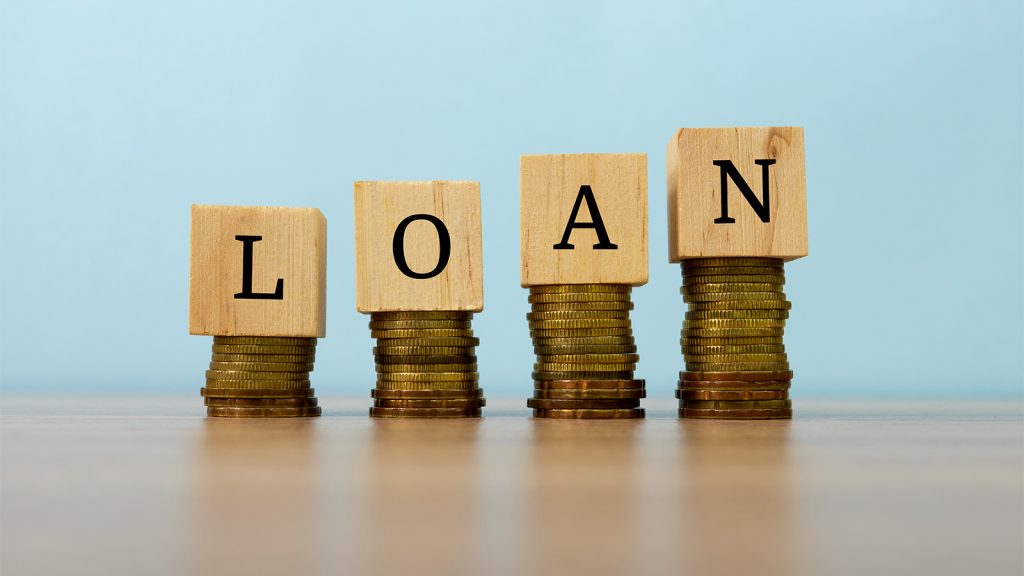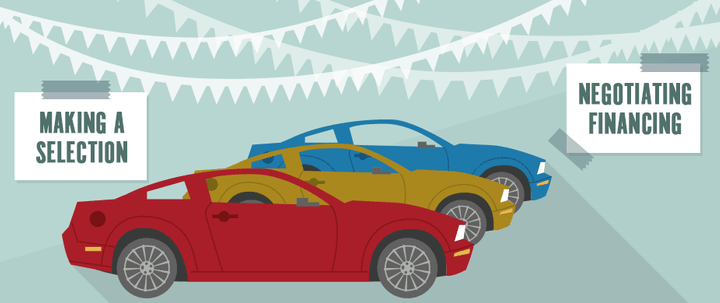BORROWING money or taking out a LOAN is a double edged sword and whether it’s good or bad depends greatly on who’s holding it.

These days, the opportunity to get new credit accounts to purchase things is easier than ever and you can find it everywhere, from the nearest appliance stores to the apps in your mobile devices. But the big question is, should you get that loan?
As tempting as these offers may be, it’s imperative that we carefully check our current financial situation first to determine if taking in more loans is indeed a wise choice.
Here are a few questions to ask yourself first before you apply for a loan:
Do you really need to borrow?
Are there any other options besides taking in a new loan? A smart borrower looks at every possible way to not take out a loan. They consider other options first before deciding that borrowing is the right path.
- Do you really need this, or is this just an impulse purchase?
- Can you sell something you own to fund this purchase?
- Can you use your savings to pay for it?
- Can your current cash flow handle the additional monthly payments?
The most basic principle in borrowing is: BORROW ONLY WHAT YOU NEED. Separate the wants from the needs, plan, and choose a loan facility that offers the lowest interest and most flexible payment options.
Take a couple of days to think it through.
Is it a GOOD or a BAD debt?
Every wise consumer knows that if you incur more expenses on your credit cards than you can pay back, you’ll be in big trouble! The same thing applies to all kinds of loans. So before you decide to take out a loan, determine first if that loan would have a positive or negative effect on your personal finances.

Basically, a BAD DEBT won’t give you a long-term return. Borrowing money to finance your shopping sprees, dining expenses, vacation or any recreational activities will just put you deeper debt.
A GOOD DEBT on the other hand is often associated as a form of an investment in your future. These debts offers a positive impact on your finances in the long run. Smart borrowing can actually help you achieve your goals or dreams. Here are some examples of a Good Debt:
- HOME MORTGAGE
- SCHOLASTIC OR STUDENT LOAN
- BUSINESS LOAN
- AUTO LOAN
In principle, all loans that you can pay right now, those that provides a return or those that has high probability of improving your finances or credit scores in the long run, is good.
An auto loan is an example of a good debt, most especially if the vehicle is essential to doing business or achieving income. An auto loan will help you buy a vehicle that costs more than you can afford with cash right now which you pay off over time via monthly payments. Learn more about auto loans via www.creditloan.com

But don’t just get a loan yet, before you do it, figure out first how the loan would fit in your finances. Getting a loan is definitely a great way to finance a large (necessary) expense without draining your savings account. Here are a few steps to guide you in making that decision:
- Assess your credit score or history. This will lay down your options – better credit scores affords you bigger loans, more flexible terms and relatively lower interests.
- Check your budget. Calculate how much you earn in a month and subtract all your projected monthly expenses. What’s left is the amount you can afford to pay for a loan. Only borrow what your current budget can afford.
Stay on top of your finances. Borrow only what you need and repay your loan on time. This is the key to smart borrowing.
- Google to Use DHL Express GoGreen Plus Service - July 27, 2024
- Taiwan at the Forefront of Green Economy - July 26, 2024
- Discover Tohoku in the Summer - July 25, 2024








